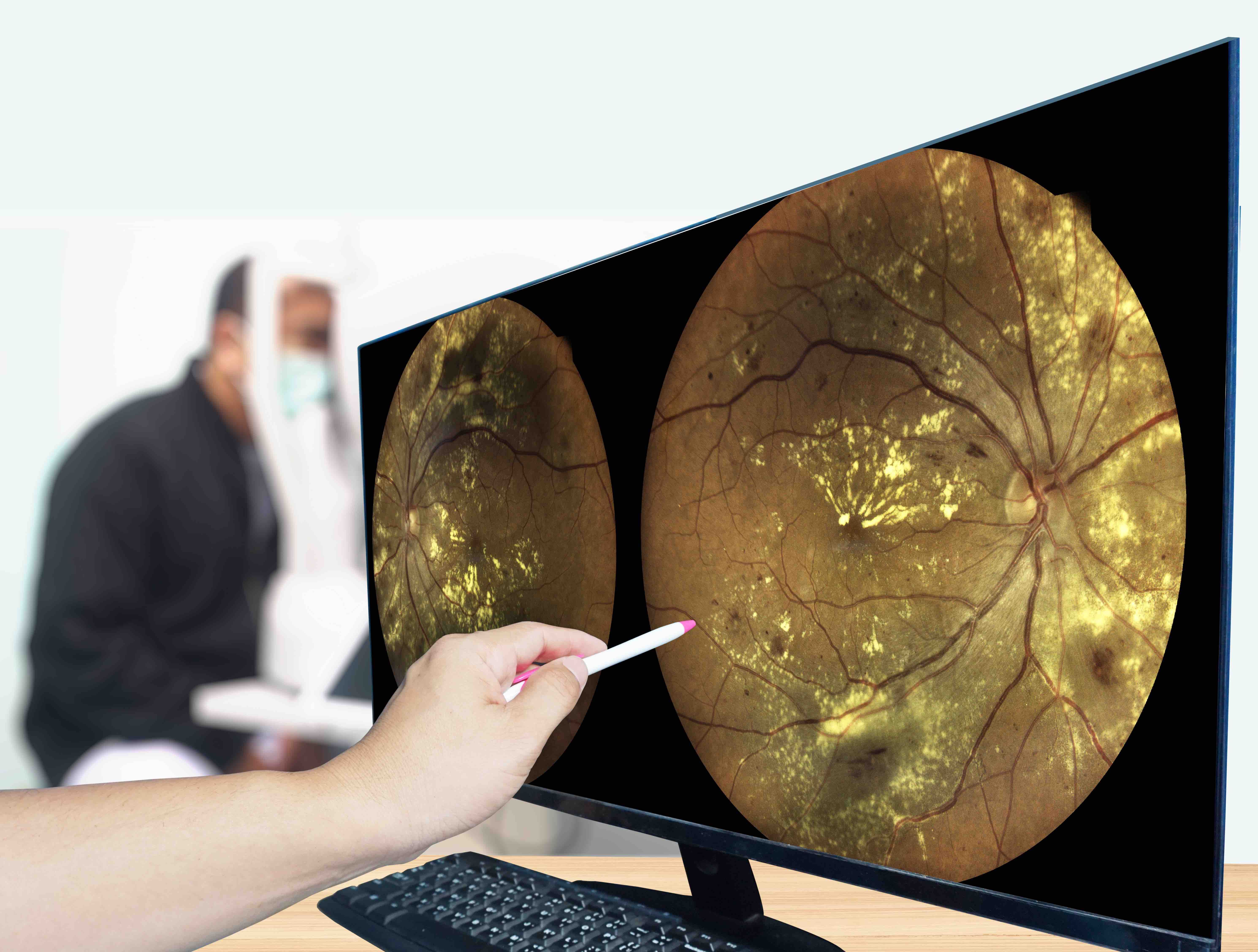Opinion
Video
Indications and Considerations For BTK Inhibitor Use In CLL and SLL Management
Dr Haumschild drives a discussion surrounding the role of bruton kinase inhibitors for treating CLL and SLL.
EP: 1.Clinical Characteristics Distinguishing CLL and SLL
EP: 2.Quality of Life Impacted By CLL and SLL Diagnosis and Management
EP: 3.Evaluating Current Treatment Landscape of CLL and SLL
EP: 4.Unmet Needs In CLL and SLL Treatment Management
EP: 5.Indications and Considerations For BTK Inhibitor Use In CLL and SLL Management
EP: 6.Examining Safety and Efficacy of BTK Inhibitors In CLL and SLL Treatment
EP: 7.Determining Optimal CLL / SLL Therapy: Ibrutinib, Acalabrutinib and Zanubrutinib
EP: 8.Key Highlights From ASH 2023
EP: 9.Economic Burden Associated With BTK Inhibitor Use
EP: 10.Patient Education Driving BTK Inhibitor Treatment Adherence
EP: 11.Optimizing BTKi Treatment Strategies
EP: 12.Key Considerations for Treating Patients Diagnosed With CLL and SLL
This is a video synopsis/summary of a Peer Exchange involving Ryan Haumschild, PharmD, MS, MBA, CPEL; Tara Graff, DO, MS; Ryan Jacobs, MD; Deborah Stephens, DO; and Jennifer Woyach, MD.
The group discusses the landscape of Bruton tyrosine kinase (BTK) inhibitors available for chronic lymphocytic leukemia (CLL) and small lymphocytic lymphoma (SLL). There are currently 4 FDA-approved BTK inhibitors: acalabrutinib, ibrutinib, pirtobrutinib, and zanubrutinib. Ibrutinib, acalabrutinib, and zanubrutinib are covalent BTK inhibitors that form an irreversible bond to BTK. Clinical trials have shown that acalabrutinib and zanubrutinib have similar or better efficacy compared withibrutinib, with an improved safety profile. These second-generation BTK inhibitors are preferred over ibrutinib.
Pirtobrutinib is a noncovalent BTK inhibitor recently FDAapproved in an accelerated fashion for patients with CLL who progressed after a prior covalent BTK inhibitor and B-cell lymphoma 2 inhibitor. It binds to BTK differently than covalent inhibitors and remains active even when BTK has developed mutations that confer resistance to covalent BTK inhibitors. Currently pirtobrutinib is used only after covalent BTK inhibitors.
The group discusses efficacy and safety considerations with BTK inhibitors. All BTK inhibitors have similar adverse event profiles, with fatigue, diarrhea, and headache being common. However, ibrutinib has been associated with higher rates of atrial fibrillation, hypertension, and major cardiac events. The second-generation BTK inhibitors acalabrutinib and zanubrutinib have lower rates of these cardiac toxicities. There is a need to weigh the risks and benefits when choosing a BTK inhibitor, counsel patients appropriately, and monitor for adverseeffects.
Video synopsis is AI-generated and reviewed by AJMC® editorial staff.




